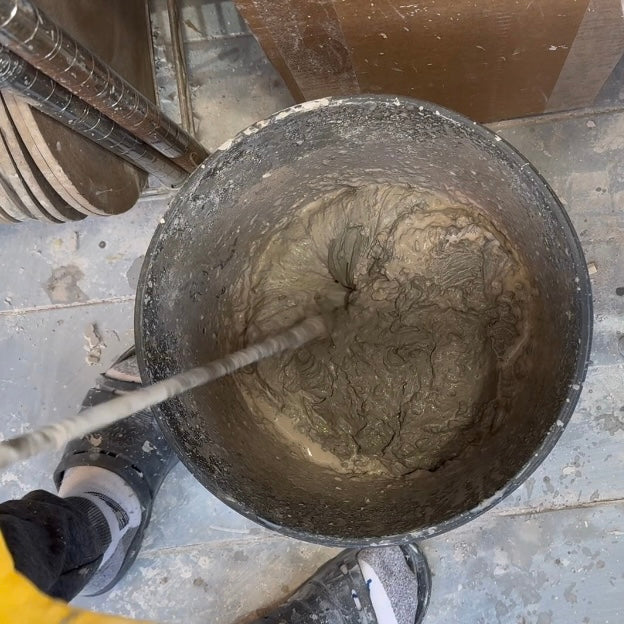
Manitoulin Island clay is so special
Wayne MalleauProcessing local clay has been part of my evolution in pottery.
Manitoulin Island is known for its unique geological features. The clay found on the island is formed through the erosion of the island's limestone bedrock over millions of years, resulting in clay deposits with distinct mineral compositions. The clay contains a rich variety of minerals such as silica, alumina, iron, and other trace elements. I value the islands unique characteristic clay for its unique qualities, the colour, plasticity, firing characteristic. It’s geological origins from region to region; its mineral composition adds artistic value from the where I got it from.
First, I collect clay. Organics matter, rocks and other impurities enhance my pots. As it dries out so I remove very large rocks. Weathering helps break down larger particles, improves plasticity, and make the clay easier to work with. I screen the clay to remove any remaining impurities, rocks, or debris. I add feldspar, nepheline syenite, silica and frits to control the melting point or fusion of particles for hardness and durability. I sometimes add sand from my beach to increase strength, reduce shrink and artistic value. Bentonite improve plasticity. Set on drying slabs until I can wedge it out. I roll some clay between my fingers to test plasticity. If it starts to break apart in my fingers, I’ll add some carboxymethyl cellulose to improve the adhesion.
Used as a colourant, sometimes adding red iron oxide, or cobalt oxide or manganese dioxide (I have a lot of colourants). I find that extra oxide interacts with the clays unique properties adding a little “je ne sais quoi” in the mix.
Why do I do all this work, which causes more pain than success? Well, when it does work out, I am over the moon. Promoting local craftsmanship cantered around our natural resources. My pots have a story and a part of history of Manitoulin Island
Used as a colourant, sometimes adding red iron oxide, or cobalt oxide or manganese dioxide (I have a lot of colourants). I find that extra oxide interacts with the clays unique properties adding a little “je ne sais quoi” in the mix.
Why do I do all this work, which causes more pain than success? Well, when it does work out, I am over the moon. Promoting local craftsmanship cantered around the island's natural resources. My pots have a story and a part of history of Manitoulin Island
